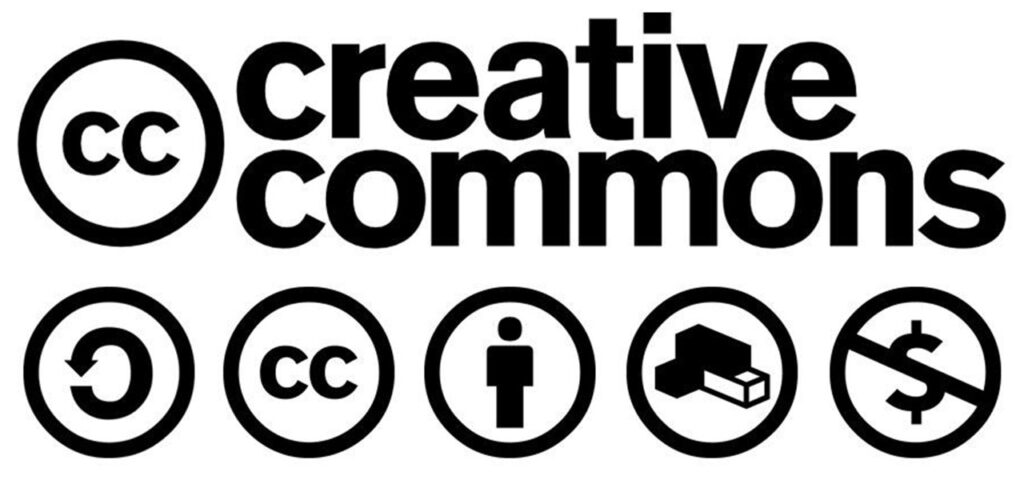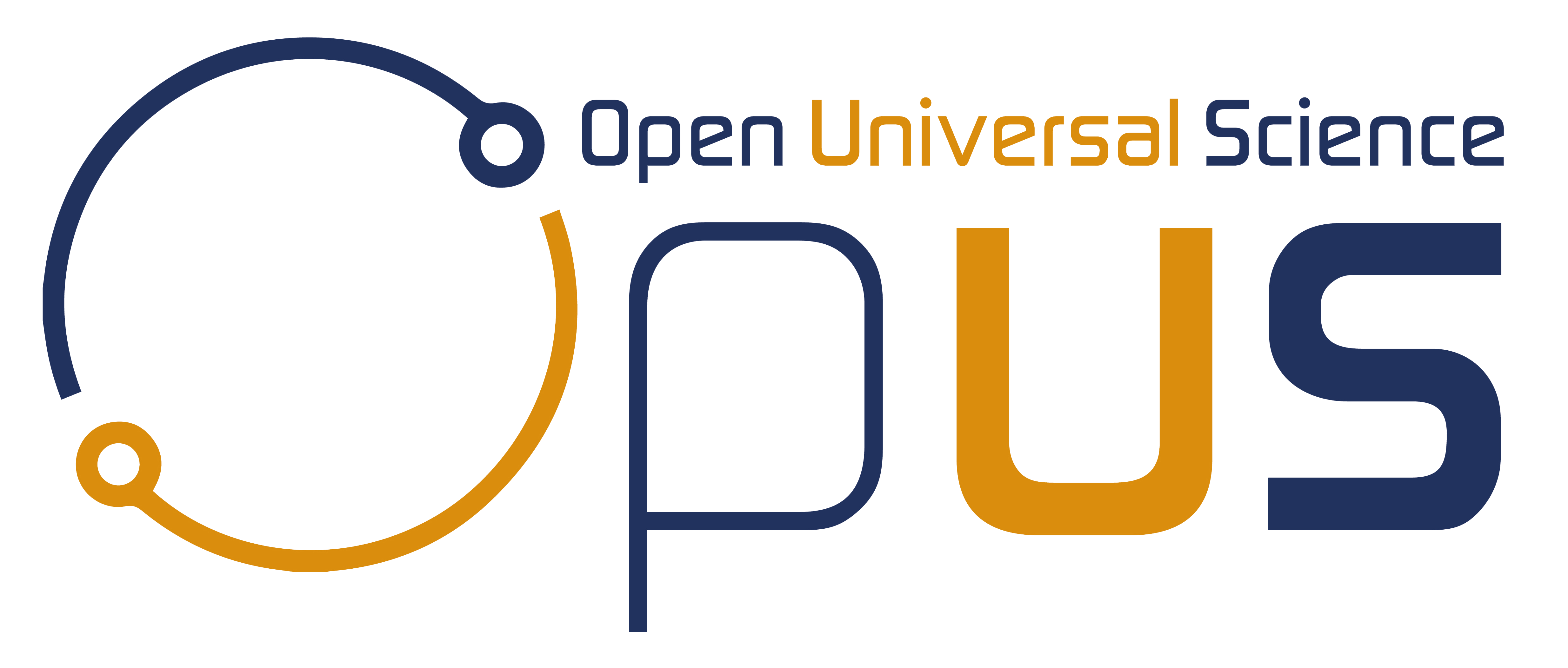
A Guide to the Classification of Licenses for Open Access
A Guide to the Classification of Licenses for Open Access https://opusproject.eu/wp-content/uploads/2024/03/your-guide-finding-free-creative-commons-images-and-other-media-online.1280x600-1024x480.jpg 1024 480 Open and Universal Science (OPUS) Project Open and Universal Science (OPUS) Project https://opusproject.eu/wp-content/uploads/2024/03/your-guide-finding-free-creative-commons-images-and-other-media-online.1280x600-1024x480.jpgIn the vast ocean of scholarly communication, open access has emerged as a beacon of light, promising unrestricted access to knowledge. However, navigating the complexities of open access licenses can feel like setting sail without a map. To shed light on this matter, we embark on a journey to explore the classification of licenses for open access and their implications for the dissemination of knowledge.
Open access, at its core, is about making research freely available to anyone with an internet connection. Yet, achieving this goal involves more than simply removing paywalls. Licenses play a pivotal role in defining the terms under which content is shared, determining how it can be used, reused, and redistributed.
The most common framework for open access licensing is provided by Creative Commons, a nonprofit organization that offers a range of licenses tailored to different levels of openness. These licenses are designed to strike a balance between promoting access to information and protecting the rights of creators. Let’s embark on a voyage through the seas of open access licenses:
- CC BY (Attribution): This license is akin to a sturdy ship, providing the most freedom for users. It allows others to distribute, remix, tweak, and build upon the work, even commercially, as long as they credit the original creator. Like a well-charted route, CC BY facilitates widespread dissemination of knowledge while ensuring proper attribution.
- CC BY-SA (Attribution-ShareAlike): Imagine this license as a vessel that encourages collaborative exploration. It permits users to remix, tweak, and build upon the work, even for commercial purposes, as long as they credit the original creator and license their new creations under the same terms. Like sailors sharing their discoveries, CC BY-SA fosters a community of knowledge sharing and collaboration.
- CC BY-NC (Attribution-NonCommercial): This license sets sail on a voyage with a different destination—non-commercial use. It allows others to remix, tweak, and build upon the work non-commercially, as long as they credit the original creator. Like a ship navigating calm waters, CC BY-NC protects against commercial exploitation while promoting educational and non-profit endeavors.
- CC BY-NC-SA (Attribution-NonCommercial-ShareAlike): Picture this license as a vessel sailing in the waters of education and collaboration. It allows others to remix, tweak, and build upon the work non-commercially, as long as they credit the original creator and license their new creations under the same terms. Like a fleet of ships sharing resources, CC BY-NC-SA fosters educational initiatives and collaborative endeavors.
- CC BY-NC-ND (Attribution-NonCommercial-NoDerivatives): This license anchors itself firmly, allowing others to download the works and share them with others as long as they credit the original creator, but they can’t change them in any way or use them commercially. It’s like a lighthouse guiding ships away from alterations and commercial ventures, preserving the integrity of the original work.
As we navigate these classifications, it’s essential to recognize that the choice of license carries profound implications. For creators, it shapes how their work is disseminated and utilized. For users, it determines the extent to which they can engage with and build upon existing knowledge.
Understanding the classification of licenses for open access is akin to mastering the art of navigation. By charting a course that balances openness with respect for intellectual property rights, we can navigate these waters with confidence, ensuring that the treasures of knowledge are accessible to all who seek them. So, as you set sail in the realm of open access, may your journey be guided by the principles of transparency, collaboration, and the free exchange of ideas. Bon voyage!
Photo via Digiwonk
- Posted In:
- Open Science News




